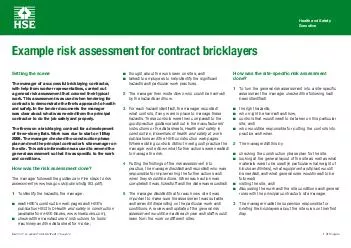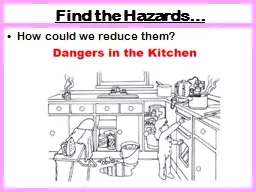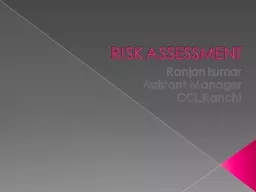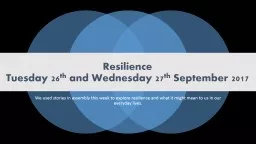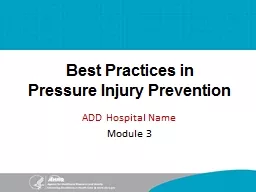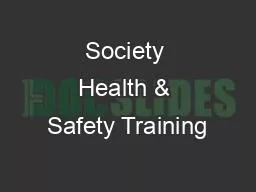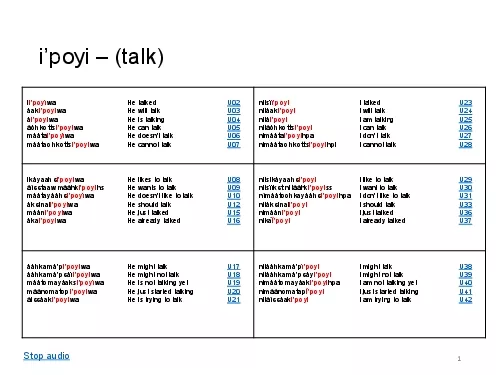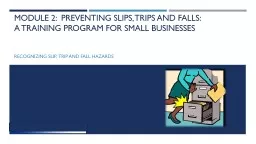PDF-Example risk assessment Contract bricklayers thought about the work seen on sites and
Author : marina-yarberry | Published Date : 2015-02-27
The manager then wrote down who could be harmed by the hazards and how For each hazard identified the manager recorded what controls if any were in place to manage
Presentation Embed Code
Download Presentation
Download Presentation The PPT/PDF document "Example risk assessment Contract brickla..." is the property of its rightful owner. Permission is granted to download and print the materials on this website for personal, non-commercial use only, and to display it on your personal computer provided you do not modify the materials and that you retain all copyright notices contained in the materials. By downloading content from our website, you accept the terms of this agreement.
Example risk assessment Contract bricklayers thought about the work seen on sites and: Transcript
Download Rules Of Document
"Example risk assessment Contract bricklayers thought about the work seen on sites and"The content belongs to its owner. You may download and print it for personal use, without modification, and keep all copyright notices. By downloading, you agree to these terms.
Related Documents

